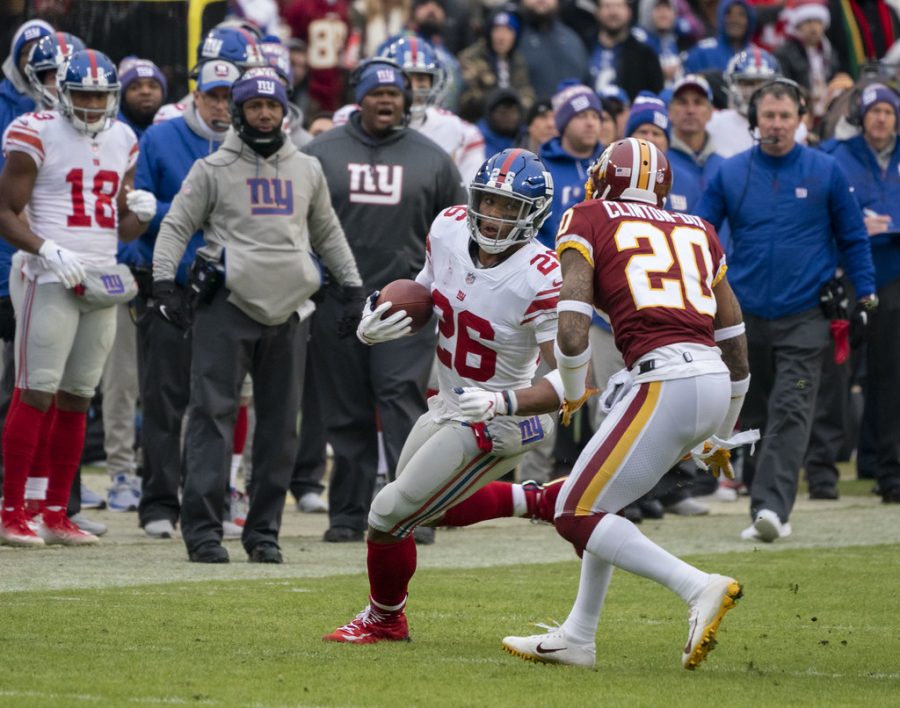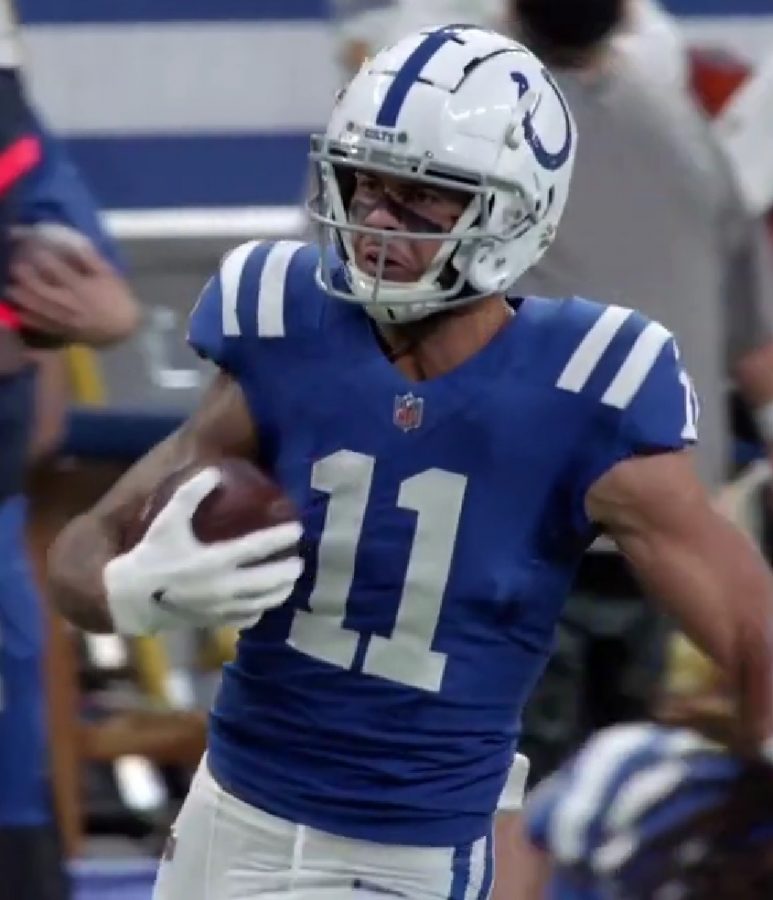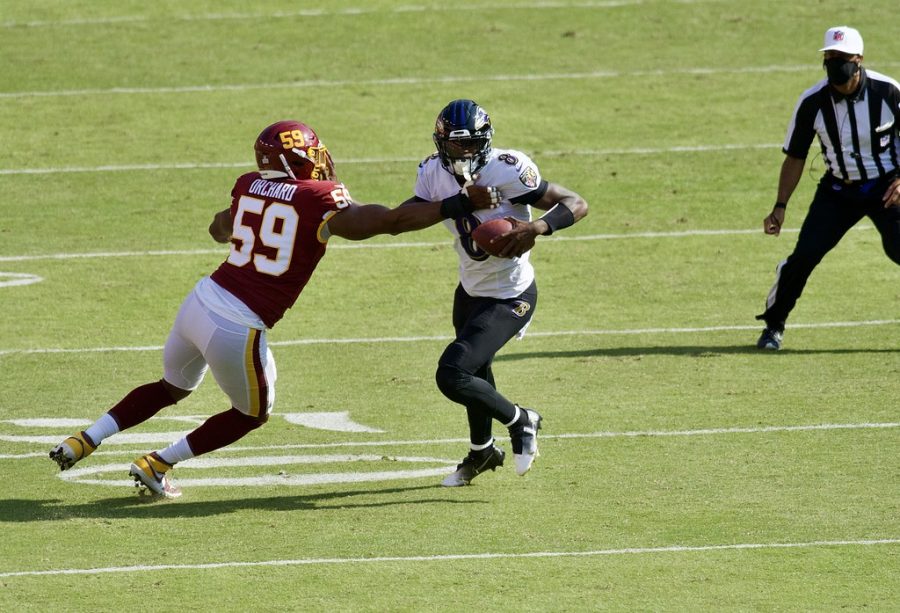This story is about Prospect and was written from Barrington senior Emily Kelly’s perspective. The article ran in Barrington’s newspaper, The Roundup, and is on this site because of the story on Barrington that was written in the Prospector.
To me, Prospect was just a train stop en route to Chicago or a pack of
runners in sky blue uniforms I occasionally competed against at large
cross-country invitationals. However, for one day Prospect High School
became my research project when I spent a school day there examining
what life is like outside of District 220.
My day at Prospect began just as many do at BHS, waiting in a seemingly
endless line of cars to get into the parking lot. While I inched towards
the school at a snail’s pace, I hypothesized that once I entered the
building, my experience would be distinctly different from what I have
gone through in the past four years at Barrington. I decided that by the
end of the day I would either wish that I were a Prospect Knight or
rejoice in the many benefits of attending BHS. The parking situation at
the two schools is slightly different in that at Prospect, all seniors
are able to park and remaining spots are auctioned off to juniors
through a lottery system. Later in the day, I would realize the
important advantages of having a car on campus.
I shadowed senior KellyRose McAleer for the first half of the day and
attended gym, math, English, and psychology, in which I quickly earned a
reputation for myself when I scored considerably lower on a psychology
memory test than anyone else did in the entire class.
Since Prospect has about 1000 fewer students than Barrington, each of
the classes I visited seemed to have about five fewer students than at
BHS and the classrooms themselves seemed to be more like the size of
Prairie or Station rooms.
I met up with junior Riley Simpson for the second half of the day
beginning with lunch, where I experienced my biggest surprise of the
day. Prospect has an open campus, so those upperclassmen lucky to have a
car nearby can frequent nearby restaurants like Chipotle, Panera, and
McDonalds. However, in my opinion there is no need to leave campus to
get good food since private vendors like Pizza Hut, Jimmy John’s,
Subway, and Brown’s Chicken supply most of the lunchroom food options.
In addition, the amount of candy available is comparable to what BHS
offered around five years ago. Since private companies sell most of the
options, students have more of a say in what they eat. For example,
McAleer and a few of her friends wanted vegetarian sandwiches available
for purchase. About a week later, Jimmy John’s had added vegetarian
options to the lunchroom to cater to the girls’ needs.
The largest substantial difference in the student body was that the
students at Prospect seemed to have much more pride in their school than
we do. Everyone wears blue on Friday, even when it is not the football
season. All of the students I met seemed excited, or at least content,
with the experiences they have had at Prospect.
While the open campus and school spirit would probably lead me to spend
more money on my daily lunch and attend more sporting events, the
overall high school experience would be very similar. The Prospect
student body could be interchanged with BHS’s and nobody would notice.
Everyone I met had the same hopes and dreams as my peers. I met many
students just as nervous about April 1st admission notifications as I am
and I witnessed the same enthusiasm for attending schools in the big ten
as students have here. I would speculate that I would have a similar
experience at most suburban schools in Illinois, certainly in the
Northwest suburbs. Many people believe that there is a ‘Barrington
bubble’, which makes us different from surrounding schools. However,
after spending a day at Prospect, I am led to believe that we may think
we are more different than we really are and that if there is a bubble,
maybe it is the students, and not the high school experience, that
creates it.






